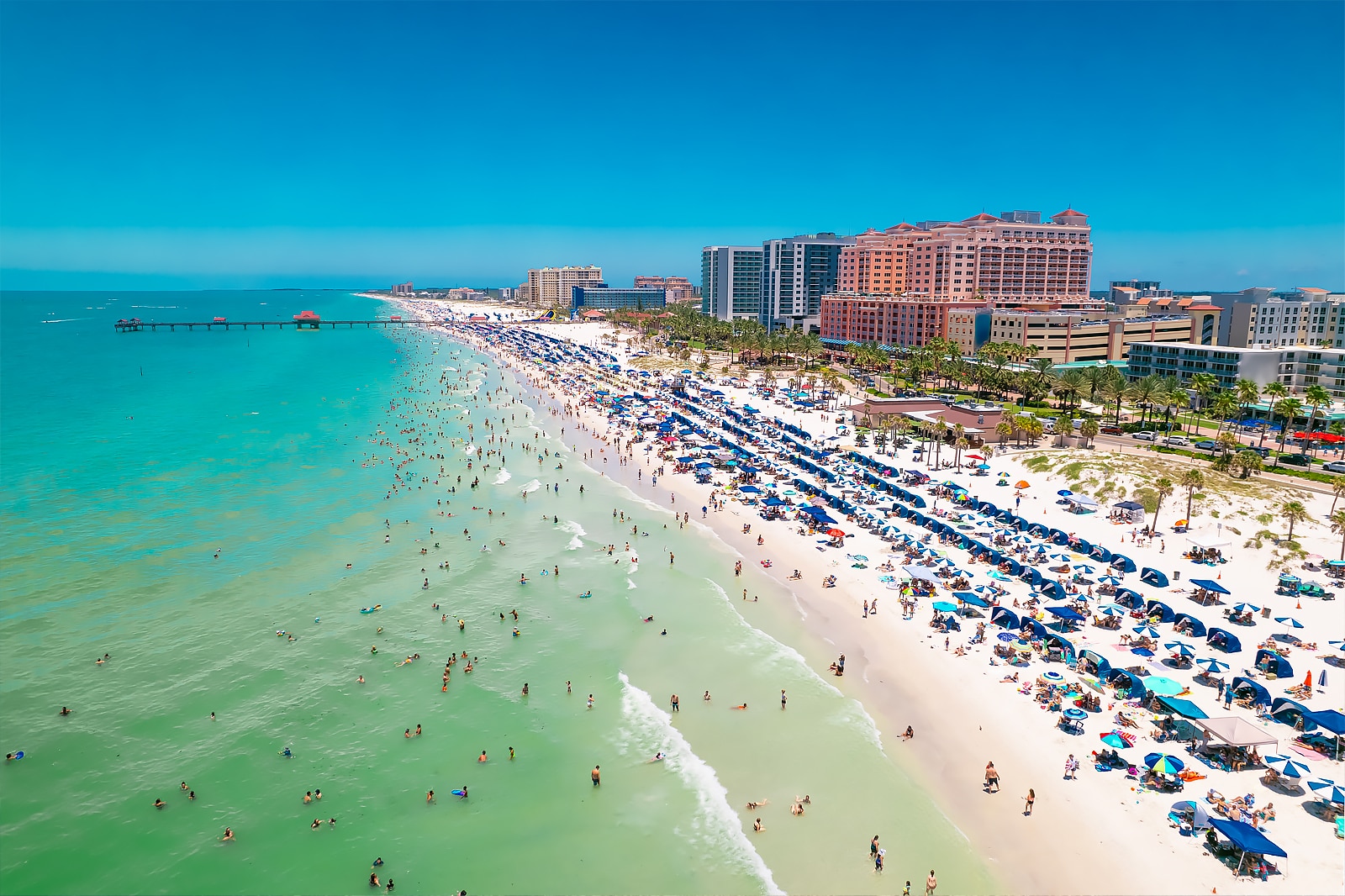With the holiday weekend approaching, many Florida residents and visitors are planning to enjoy the state’s beautiful beaches. However, it’s important to be aware of potential water quality issues before taking a dip.
Testing and Monitoring
The Florida Department of Health (FDOH) regularly monitors water quality at beaches across the state. They test for bacteria levels, which can indicate the presence of fecal contamination and potential health risks. The FDOH posts water quality data online, so you can check the conditions before heading to the beach.
Enterococci Levels
The FDOH uses enterococci bacteria as an indicator of water quality. Enterococci are found in the intestines of humans and animals, and their presence in water can indicate fecal contamination. High levels of enterococci can cause gastrointestinal illnesses, such as diarrhea, vomiting, and stomachaches.
The FDOH considers enterococci levels below 70 colony forming units (CFU) per 100 milliliters of water to be safe for swimming. However, if enterococci levels exceed 70 CFU, the FDOH may issue a water quality advisory or even close the beach.
Rip Currents
In addition to water quality concerns, swimmers should also be aware of rip currents. Rip currents are strong, narrow currents that can pull swimmers away from shore. They can be very dangerous, especially for inexperienced swimmers.
The National Weather Service (NWS) issues rip current forecasts for Florida beaches. You can check the NWS forecast before going to the beach and look for warning flags posted at the beach.
Safety Tips
Here are some safety tips to keep in mind when swimming in Florida’s waters:
- Check the water quality data before going to the beach.
- Avoid swimming in areas with high enterococci levels.
- Be aware of rip currents and swim near lifeguards.
- Don’t swim alone.
- Supervise children closely.
By following these tips, you can help ensure a safe and enjoyable beach experience this holiday weekend.


